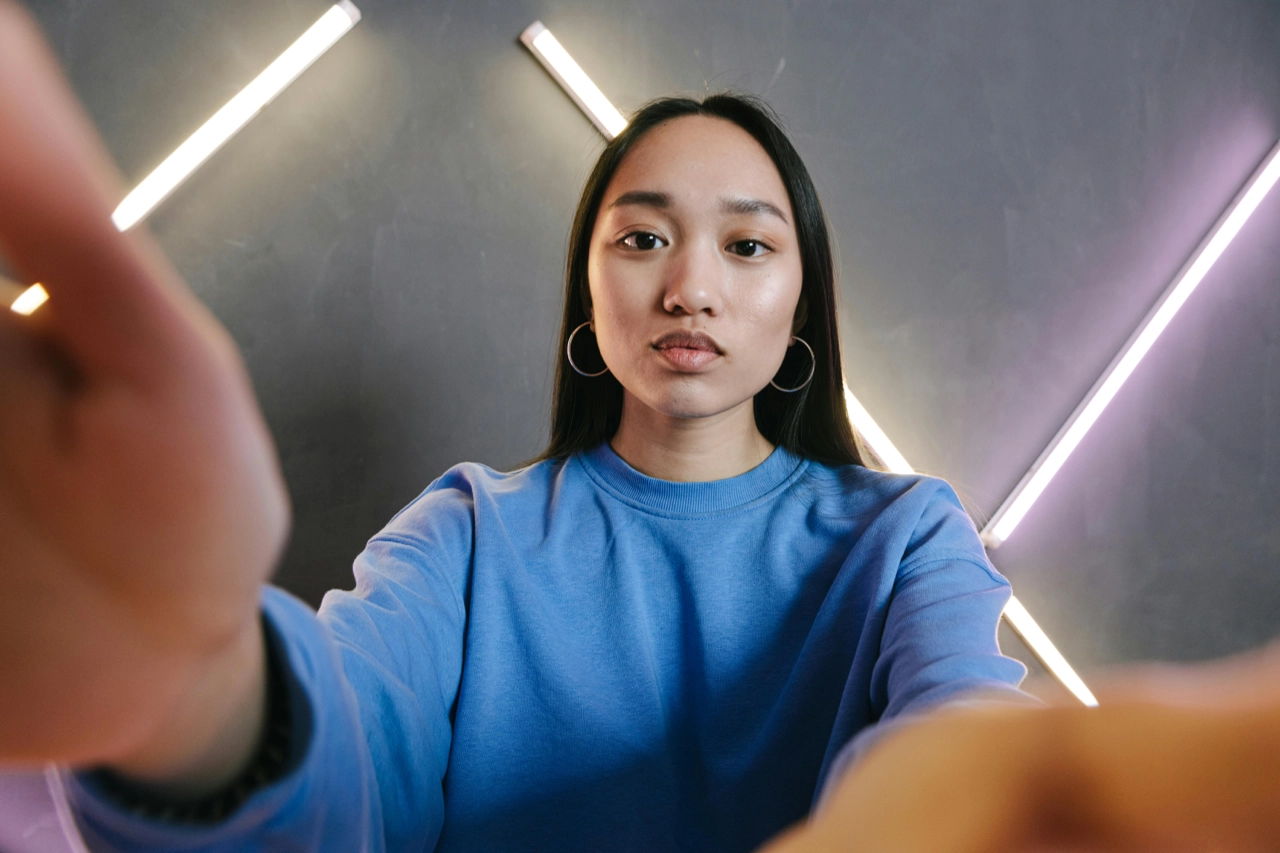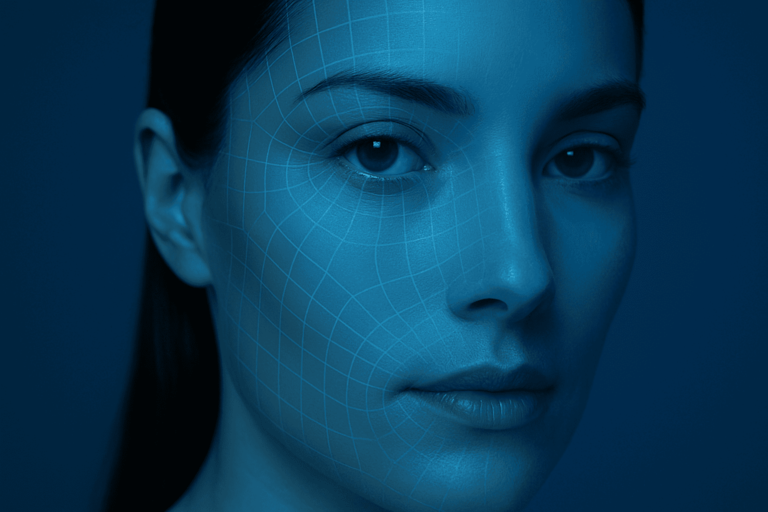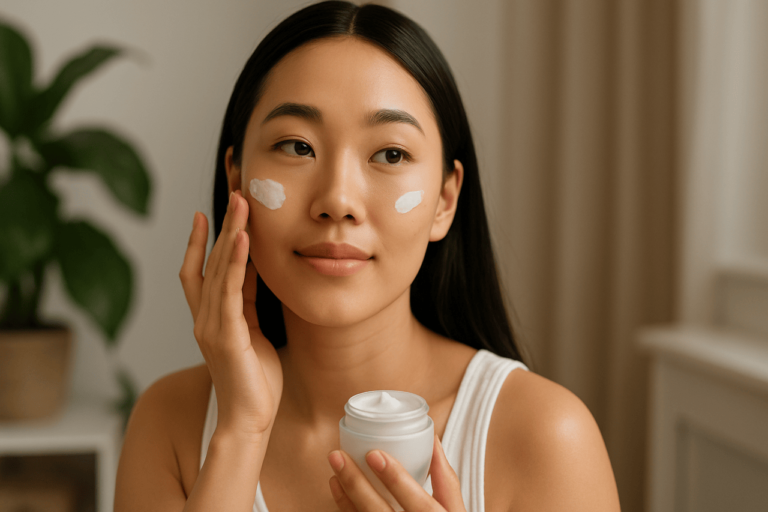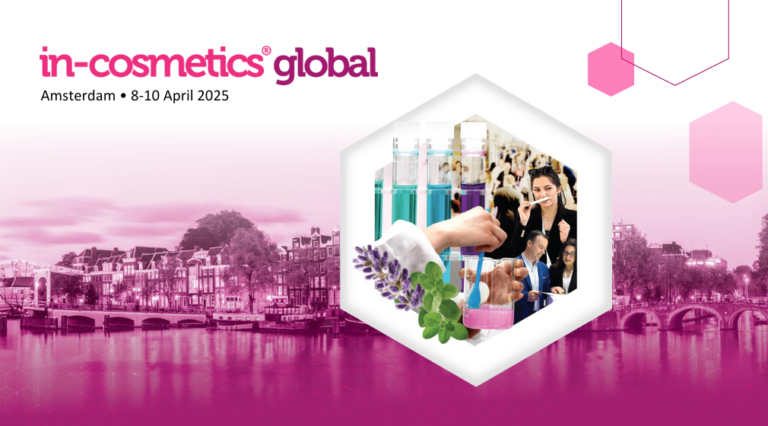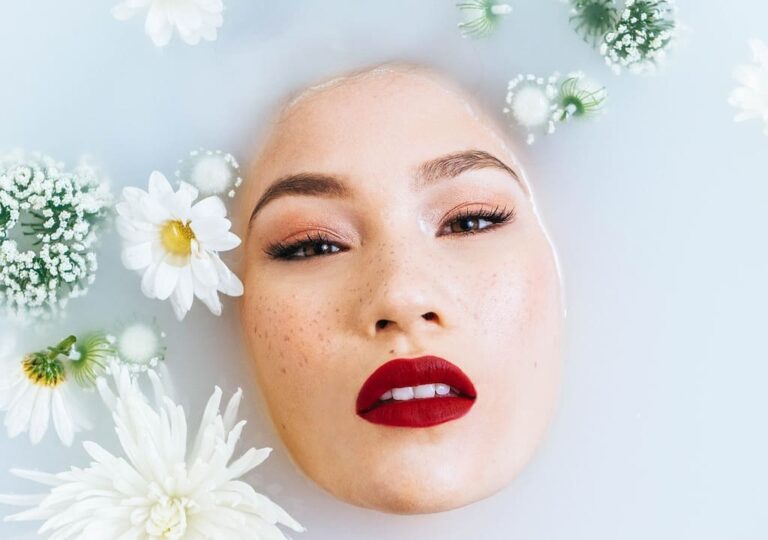Consumers trust user-generated content and personal recommendations, but the influencer market has grown so saturated that authenticity sometimes gets lost. Meanwhile, new technologies are reshaping beauty marketing, offering brand-controlled digital personalities that look and move like real people while being backed by scientific data. Virtual influencers in beauty marketing present a powerful way for cosmetic brands to remain innovative and credible, especially when combined with 3D efficacy testing.
Why virtual influencers are the future of beauty marketing
The limitations of human influencers
Human influencers come with certain constraints: they may switch brand affiliations, become embroiled in controversies, or fail to align with a brand’s evolving identity. Additionally, beauty consumers increasingly question influencer credibility, particularly when endorsements lack transparency.
What makes virtual influencers unique?
- Brand consistency: Virtual influencers always align with a brand’s values and aesthetics.
- Personalization: They can be customized to represent different demographics, ensuring inclusivity and diversity.
- Global adaptability: A single virtual influencer can be modified for different cultural markets.
3D precision for reality-driven beauty campaigns
While virtual influencers alone can create buzz, the real transformation happens when they are integrated with scientific 3D visuals. Instead of relying solely on digital artistry, brands can enhance credibility by incorporating 3D efficacy testing data into influencer-driven content.
How brands can use 3D data to enhance virtual influencer campaigns
- Scientific visual storytelling: Use 3D skin simulations to illustrate real product effects on a digital ambassador’s skin.
- Data-driven transformations: Show real-time changes in fine lines, hydration levels, and pigmentation over a product’s usage period.
- Interactive product experiences: Enable consumers to see themselves using the product via AR try-ons linked to virtual influencer recommendations.
Short-form videos and social engagement
In an era dominated by TikTok, Instagram Reels, and YouTube Shorts, engaging, bite-sized content is crucial. By animating a virtual influencer’s 3D-accurate skin transformations, brands can create short yet informative content that both entertains and educates. Imagine a 15-second reel where an avatar’s crow’s feet soften in real time, with an overlay indicating a “25% reduction in wrinkle depth”. This approach seamlessly integrates scientific proof with social media storytelling.
The competitive advantage of virtual influencers in beauty marketing
- Innovative branding: Virtual influencers help brands stand out in a saturated market.
- Data-backed credibility: When paired with 3D efficacy testing, influencer campaigns become more trustworthy.
- Scalability: Virtual influencers can be used across multiple campaigns, reducing dependency on high-cost human partnerships.
Conclusion
Virtual influencers in beauty marketing aren’t just a passing trend; they represent the future of how brands connect with digital audiences. When combined with scientifically accurate 3D visuals, these influencers bridge the gap between digital storytelling and verifiable product efficacy. In a world where beauty consumers crave authenticity and proof, leveraging this new form of marketing is both a competitive advantage and a necessity.

